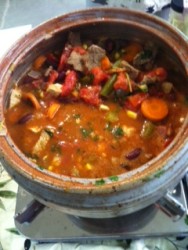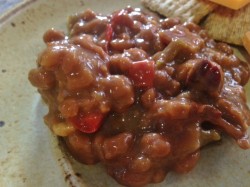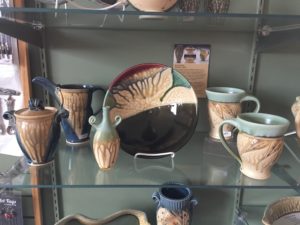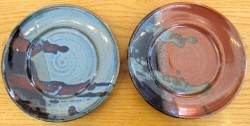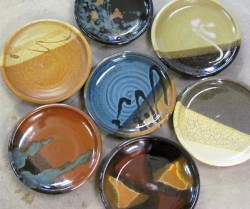Easy to make chili about 2 hours including simmering to cook. Great blend of flavors.
Rocky’s Baked Beans
Rocky’s baked beans have become my favorite by far. Simply done by doctoring Bush’s Original beans in the Coyote Dutch oven or your favorite casserole. Make extra to freeze.
Clay Pot Cooking – Cooking and Baking in Ceramic Pottery-Cooking in Clay
CLAY POT COOKING There are essentially 3 types of clay bodies used for cooking in clay; Stoneware (most Common), earthenware, and flameware. STONEWARE: Stoneware is typically a variety of clays and
Understanding Glazing…
See a list of our current glazes, here. We have a variety of glazes that we offer as options for your stoneware pieces. Each of these glazes has gone through
Dinnerware Glaze
Creating your own dinnerware includes making a few decisions. Once you have chosen the style for your settings, then you need to consider what glaze you would like. We have
